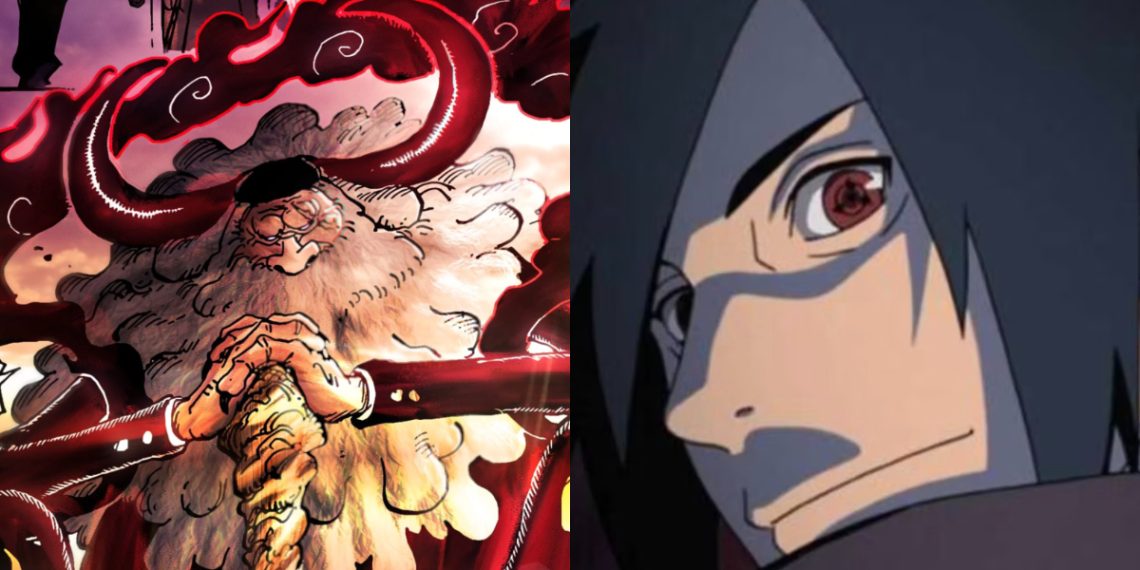Fans of Naruto and One Piece often find themselves embroiled in passionate debates on platforms like X, fueled by their unwavering love for their respective series. One contentious topic that has recently ignited heated discussions revolves around the portrayal of antagonists.
The debate was sparked by a simple question: Does Masashi Kishimoto craft superior villains in Naruto compared to Eiichiro Oda’s creations in One Piece? While arriving at a definitive answer proves challenging, many fans ardently argue that Oda’s villains in One Piece surpass those penned by Kishimoto in Naruto.
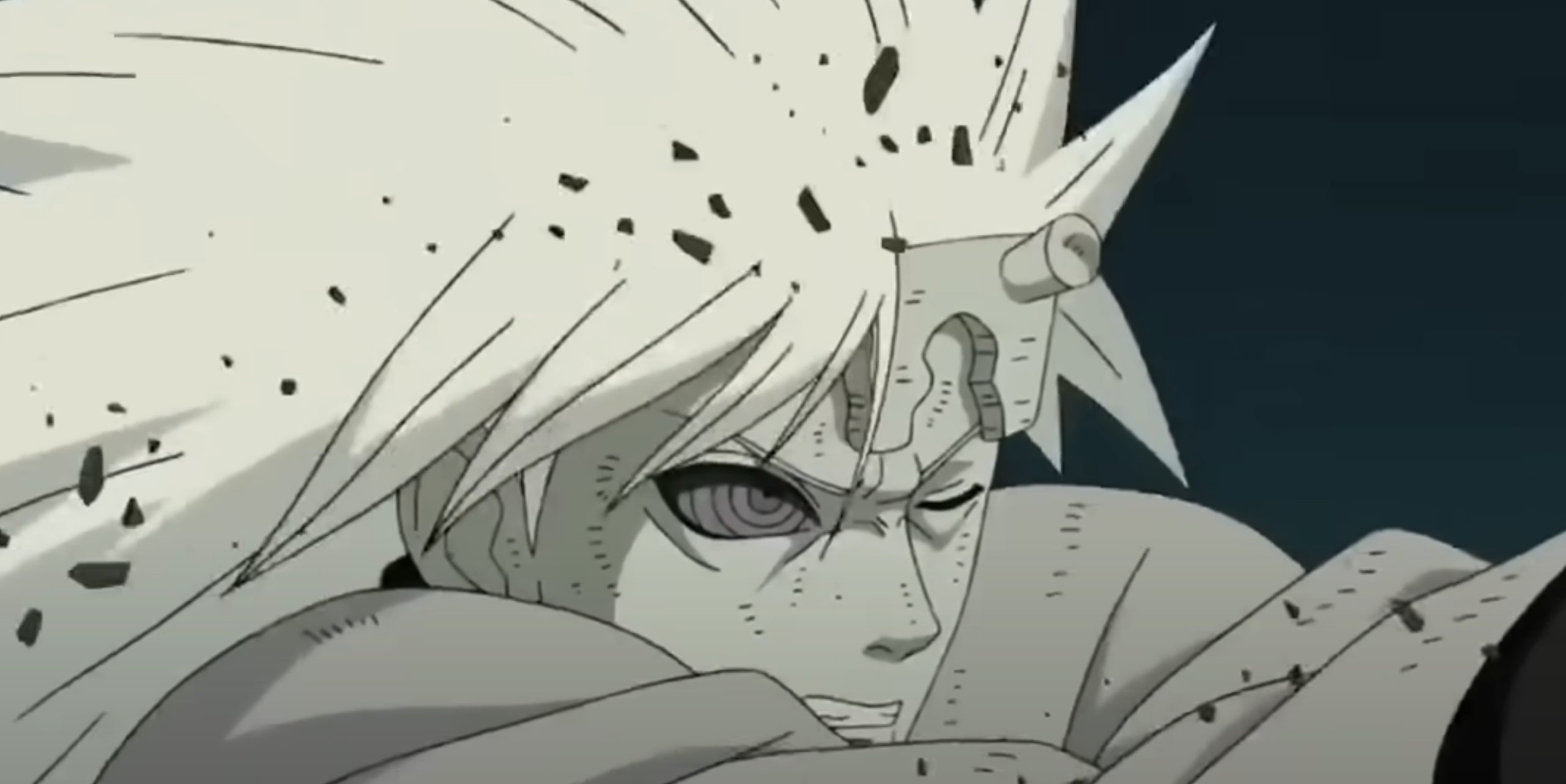
One compelling reason behind this sentiment lies in the depth and complexity of Oda’s antagonists. From cunning masterminds to tragic figures with layered motivations, the villains of One Piece often possess multifaceted personalities and compelling backstories.
Characters like Doflamingo, Katakuri, and Blackbeard resonate with audiences due to their intricate development and the nuanced exploration of their moral ambiguity.
Moreover, Oda excels at intertwining the villains’ narratives with broader themes and plotlines, enriching the overarching story of One Piece. Whether they serve as formidable adversaries or reluctant allies, Oda’s antagonists contribute significantly to the series’ depth and richness.
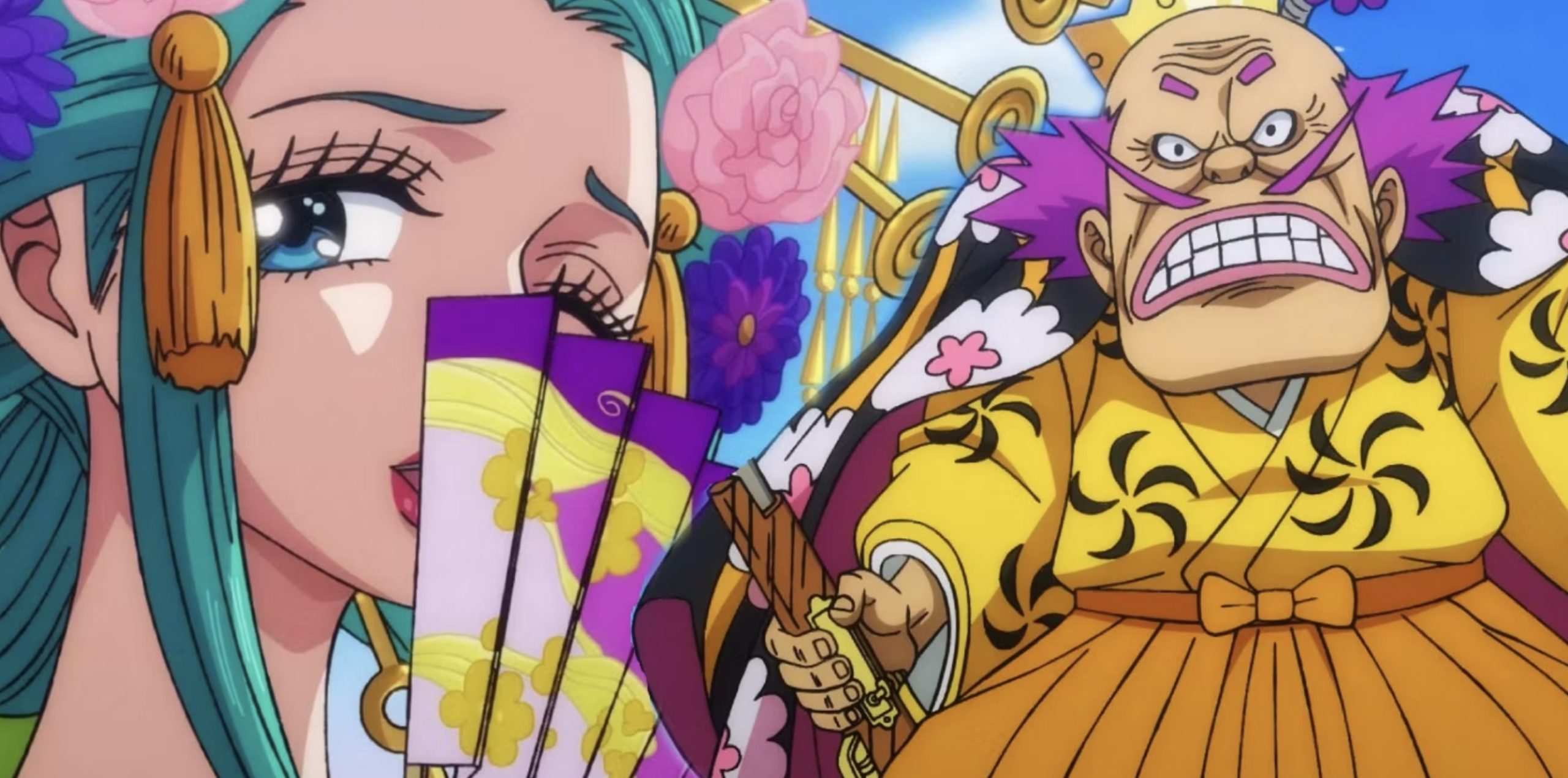
In contrast, while Naruto boasts its fair share of iconic villains such as Orochimaru, Pain, and Itachi, some fans argue that Kishimoto’s portrayal of antagonists falls short in comparison to Oda’s.
Critics point to inconsistencies in character motivations and development, as well as instances of villains being overshadowed by protagonists or underutilized within the narrative.
Despite these criticisms, it’s important to recognize that the perception of villain quality is inherently subjective and shaped by individual preferences.
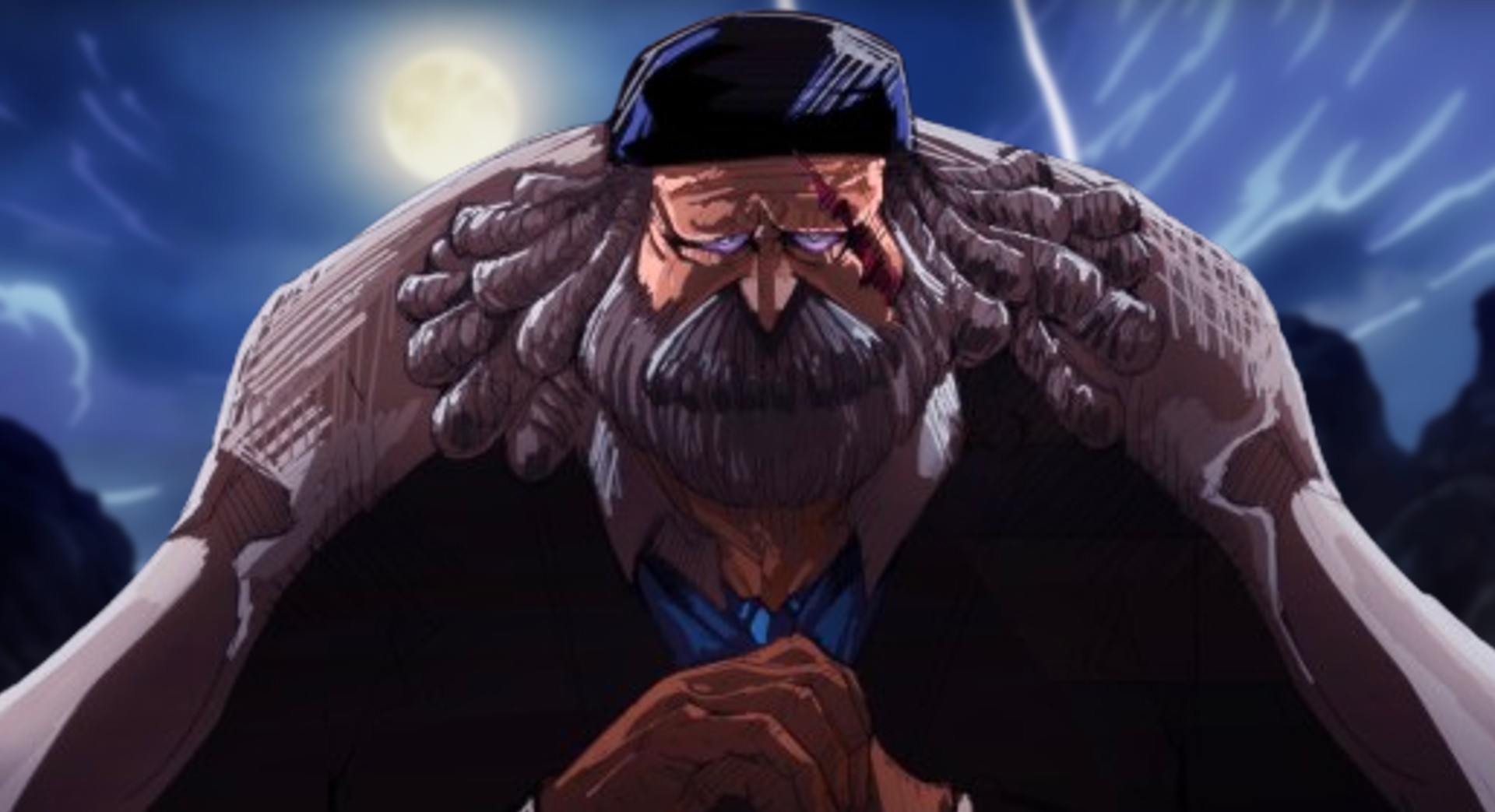
Both Naruto and One Piece have left an indelible mark on manga and anime, amazing audiences with their distinct storytelling styles and memorable characters.
Who Has Better Villains Among One Piece and Naruto?
Masashi Kishimoto undeniably crafted some of the most amazing and iconic villains within the Naruto series. His villains are often lauded for their depth, with many eliciting sympathy from audiences as they grapple with their circumstances.
Take Pain, for instance—an iconic character beloved by many, whose ideologies blurred the lines between good and evil, showcasing the impact of hatred and suffering in a poignant manner.
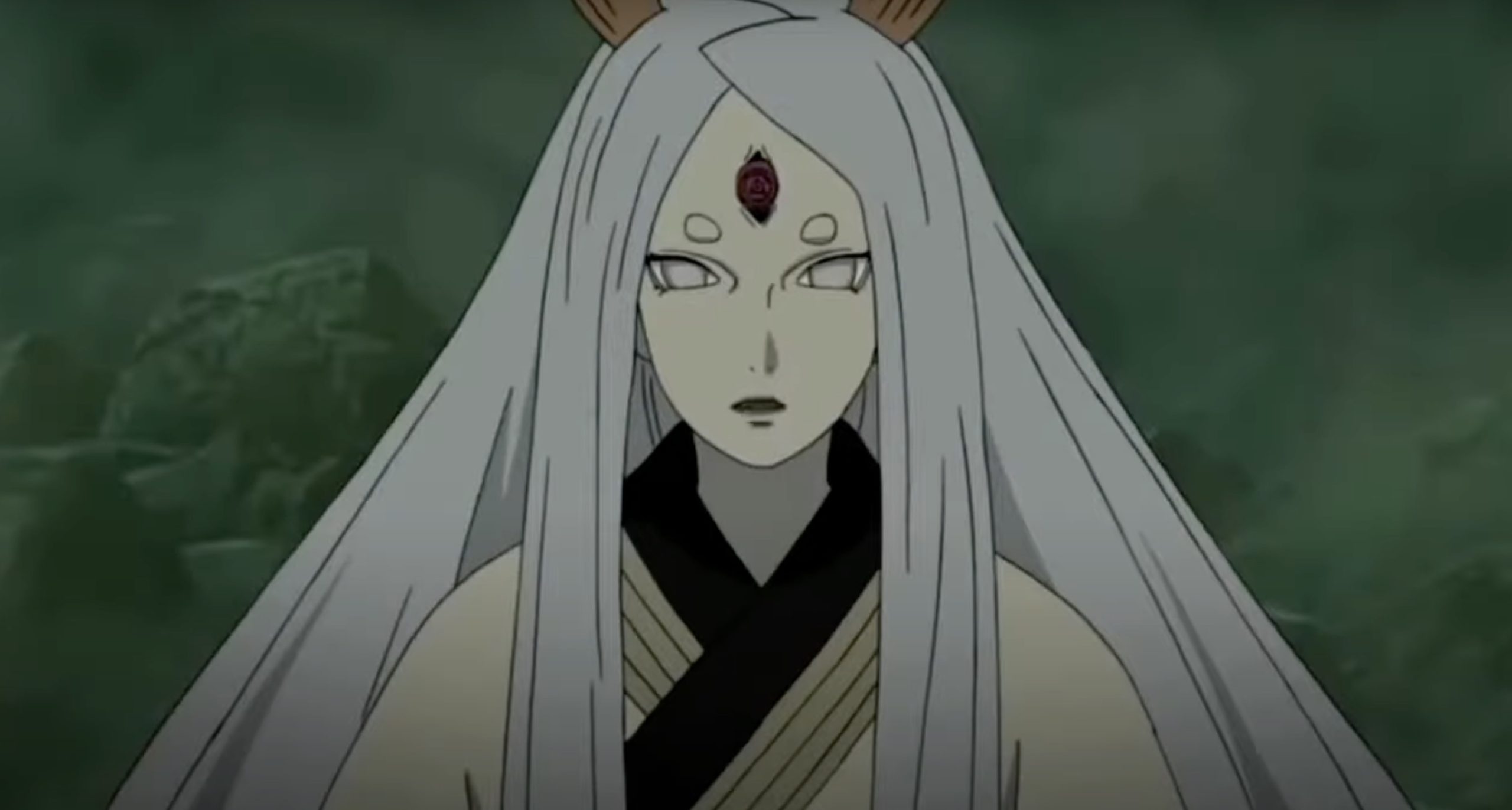
However, when comparing the villains of Naruto to those of One Piece, fans find Eiichiro Oda’s antagonists to be more intricately developed. A significant factor contributing to this depth is the sheer longevity of the One Piece series, which spans decades across both anime and manga formats.
This extensive duration has afforded Oda the opportunity to delve deeply into his characters’ backgrounds and motivations, resulting in a richer exploration of their personas.
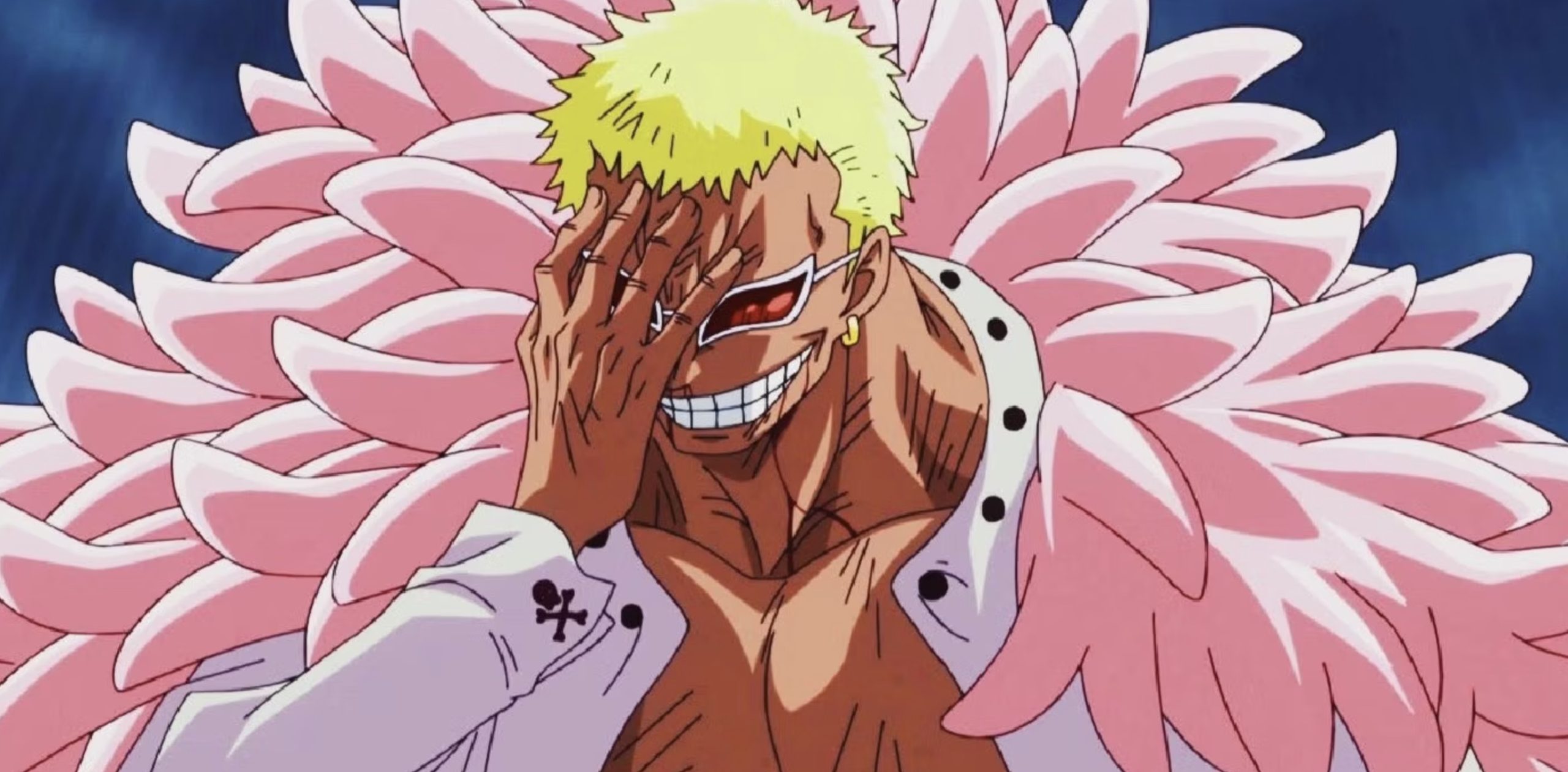
Moreover, it’s worth noting that the comparison between villains in the two series may not be entirely equitable, given that One Piece is ongoing while Naruto has ended.
The closure of Naruto allows for a more comprehensive understanding of its villains, as they undergo moments of redemption and wrestle with complex goals that shape their perception in the eyes of the audience.
On the flip side, Oda’s villains in One Piece, while undoubtedly fleshed out, often maintain an air of incompleteness as they continue to pursue their ambitions.
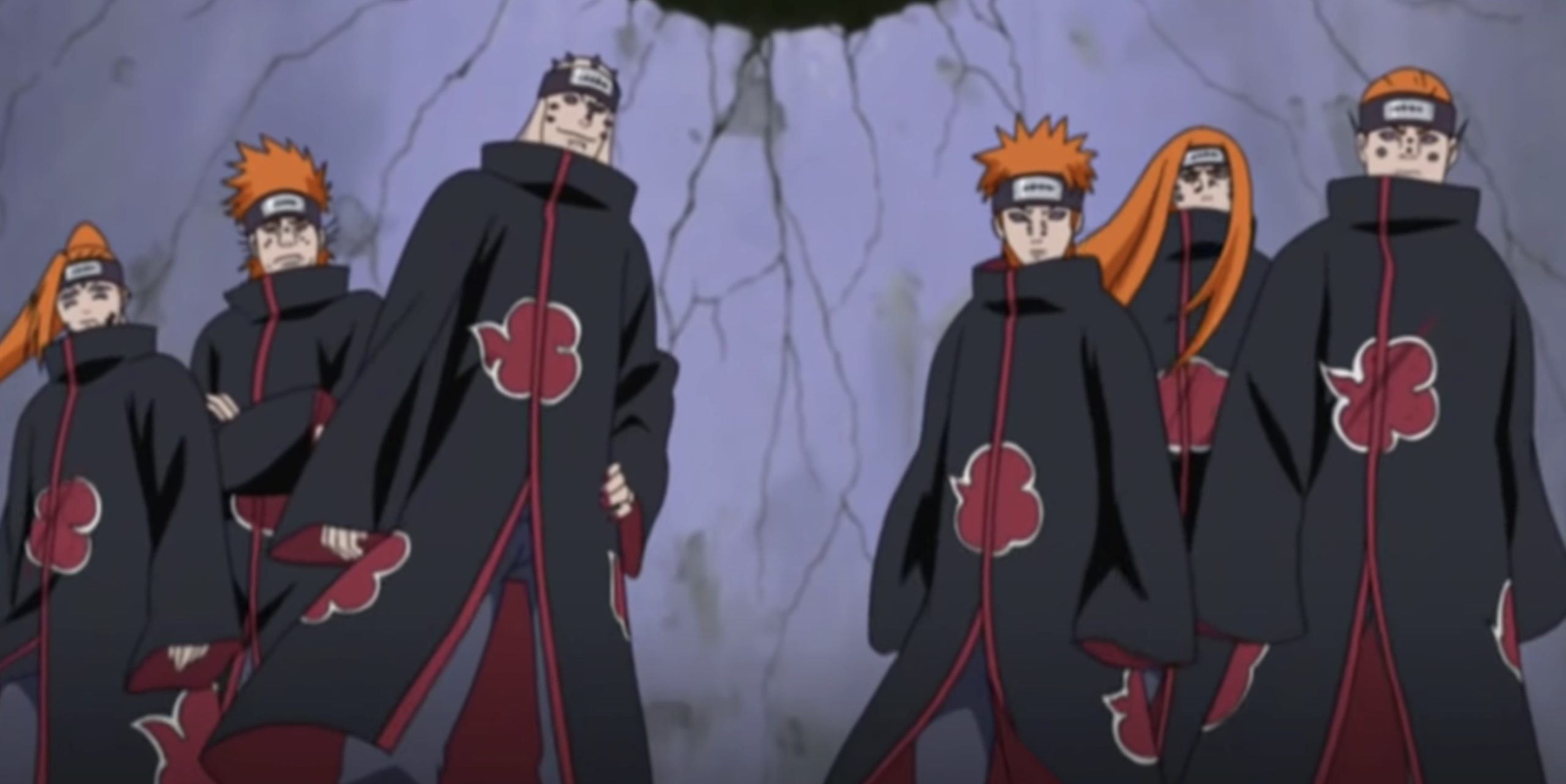
Fans find this aspect compelling, as it adds layers of intrigue to their characters. Furthermore, One Piece villains are often portrayed as inherently nefarious, with some embodying pure malevolence, such as the infamous Blackbeard, whose greed and selfishness evoke strong negative emotions from viewers.
While both Kishimoto and Oda exhibit mastery in crafting compelling villains, their approaches differ. Oda’s characters are meticulously developed and unapologetically sinister, whereas Kishimoto’s villains are often portrayed as victims of circumstance.
Fans may lean slightly towards One Piece villains for their complexity and nefarious nature, but both series boast exceptional storytelling and character development in their own right.


